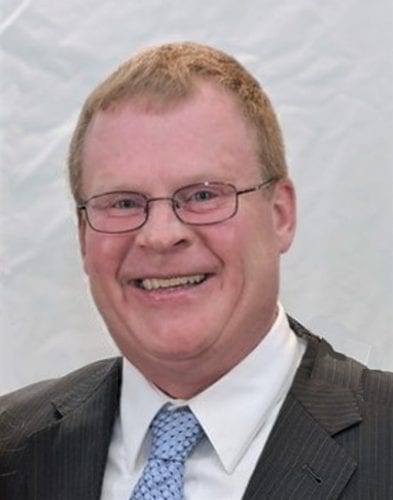WESTFIELD – State Rep.Kelly Pease spoke to the Flood Control Commission on July 8 to review a request for funding dams and levees through the American Rescue Plan Act (ARPA).
Pease said he will be meeting July 19 with the chair of the bonding committee, who wants to consolidate requests from communities for a hearing later this month.
“There is no guarantee. It is very early in the process,” Pease said. He said it appears that some of the biggest needs in Westfield include the sewers, dams and levees, and he is planning to include funding for Armbrook and Powdermill Dams and the Little River Levee in his proposal.
Pease said he has been meeting with Flood Control Commission Chair Al Giguere, who wanted him to report to the commission about his intentions. “I’m trying to put together why we need the money and what we need,” he said.
Commissioner Jack Leary suggested that he draw on the conclusions from the Army Corps of Engineers about the Little River Levee, noting that it was built by the ACE and the United States Post Office, the Boys & Girls Club and Westfield Middle School, the Public Works building and the Big Y. “We as a city are totally liable for it. We need to get it up to speed,” Leary said.
Pease asked how shovel ready the projects are. Giguere said the Little River Levee is not at the shovel ready stage, and the the city is currently waiting for a grant from Energy and Environmental Affairs (EEA) for design work to get it there. He said both the Armbrook and Powdermill Dams, which have been studied and have plans drawn up by the Natural Resources Conservation Service (NRCS) are shovel ready.
Giguere said he would send a list of projects, bullet points and cost estimates to Pease.
Also present at the meeting was Emergency Management Director Steve Malochleb, who said he had been monitoring the Massachusetts Emergency Management Agency (MEMA) on storms and risks of flooding.
Speaking about the July 1 flash flooding event in Westfield, Giguere said Westfield Center and southern areas got 2.5 to 3.5 inches of rain in less than an hour. “People were upset that culverts and drains were clogged, but it was the system handling that volume in that short a time,” he said.
Civil Engineer Mark Cressotti said the water was landing on fairly flat roads, and following the gradient of the roads to the drainage structures, which takes some time. “Yes, you had ponding on almost every road downtown. I was in it and drove through it, and water was up to the curbing at six inches,” he said, adding that the drainage system and the pump station were performing well.
Malochleb agreed that the drains did pretty well. He said there was about 10 inches on Main and Noble streets, and as soon as the rain subsided, in 20 minutes the water went below six inches.
“Realistically, the whole downtown filled with water, that’s what you expect with a flash flood. I commend the DPW; they were going around as fast as they could to clear storm drains that were clogged. Everyone was pitching in doing what they had to do, and everyone deserves a good pat on the back,” said Giguere, adding, “It was a tough, unexpected position. No storm system is capable of handling that volume of water.”
Malochleb said he clears the drains on the street around his property, and recommended that other residents do as well. “I clean around my storm drain and it flows nicely. We really have to talk to people about cleaning around storm drains, which will help somewhat with street flooding. You can be part of the solution,” he said.
Giguere said he will be writing up a report on the July 1 flash flooding, and a subsequent report on the effects of Tropical Storm Elsa. “Our city is built on a flood plain. It’s relatively flat, and (the water) has nowhere else to go,” he said.









